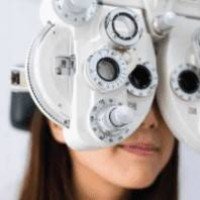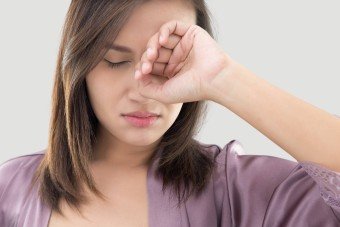Myopia (nearsightedness) commonly occurs when the eyeball elongates inappropriately, which causes the image to be focused in front of the retina. In general, “high myopia” is defined as-6dioptresor above. If “high myopia” is accompanied by ocular structural damages and visual impairment, it is coined the term “pathologic myopia”.
Myopia Progression
What causes myopia to progress? Factorssuch as family history, ethnicity, living condition, education level, and time spent outdoors, etc., all affect myopic progression.
How to Manage Myopic Progression in Children
Parents should adopt a multifaceted approach for myopic control in children. In terms of daily life habits, parents shouldencourage their children to spend more time outdoors to maximizetheir exposure to natural light. Appropriate lighting and working distance should be ensured for reading and the usage of electronic screens. The safest and most effective method of myopic control is the application of atropine eye drops, which reduce the rate of abnormal elongation of the eyeball. The low dose of atropine used for treatment is tolerated by most children. During the treatment period, children will require regular eye exam and refraction to evaluate effectiveness. Should myopia continue to progress, the concentration or frequency of atropine eye drops may be increased, and additional treatment methods may be considered.
Complications of High Myopia
High myopia is associated with many complications including cataract, glaucoma, retinal detachment, chorioretinal atrophy, choroidal neovascularization, maculoschisis, lamellar and full-thickness macular holes.Those with high myopia should avoid head injury to reduce the risk of retinal detachment. As some complications such as glaucoma are asymptomatic at the early stage, individuals with high myopia should consider regular eye exams by the ophthalmologist to facilitate early detection and treatment of the related eye diseases.




















